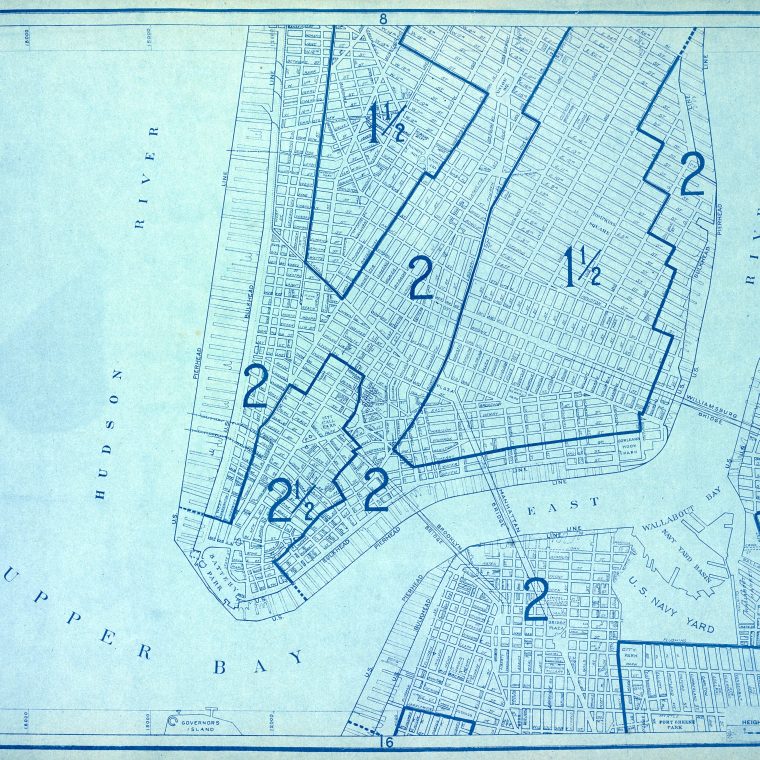Sometimes it seems like my reading has topics that have suddenly become hot, when in reality it’s just that I’m paying attention to a topic so I see it more. On the other hand, sometimes a topic has actually become hot. “Smart cities” probably falls into the second category.
I use scare quotes because, unfortunately, “smart cities” can mean a lot of different things expending on who is talking and why. I’ve heard presentations on the topic at two different editions of the Future of Design NYC symposium, and I recently read “Where Code Meets Concrete” by Shannon Mattern, “Stalking the Smart City” by Brian House, and “The Sins of ‘Smart’ Cities” by Ruth Miller. The core of the idea is the use of large-scale data analysis combined with urban infrastructure to improve how cities function. Data has always been part of urban infrastructure – engineers had to calculate how much water Rome used 2000 years ago to know if another aqueduct was needed – but the game is changed by the ability of computers to manipulate huge amounts of data and the fact that everyone is now carrying around a cell phone that can be used to identify and locate them.
The downside is a loss of anonymity, which is one of the great gifts that urban living can provide. The second and third pieces above focus on this loss, which should not be underestimated. The switch from coin-like tokens to magnetic-strip cards to pay NYC subway fares, starting in 1992, meant that we carry on us a record of our rides; the in-progress switch from the cards to smart-phone apps, means those records will be directly linked to us as individuals. The MTA makes a ridiculous Big Brother, but that doesn’t mean we can ignore the data collection.
The other end of the issue, which is closer to home for me, is also problematic. The FoDNYC talks described moveable street furniture that would adapt to use at any given moment, which sounds like a bunch of gears waiting for a monkey wrench. I may be overly cynical, but I’ve seen too many examples of the Star Trek Fallacies to believe that a bunch of electric motors in street furniture will work well. The motorized ads in bus shelters – the intermediate step between static poster ads and LED screens – failed pretty regularly.
Let me discuss the upside. The map above shows data analysis and urban infrastructure as of 1916: it’s the permissible height allowances of NYC’s first zoning law. The big numbers represent how high a facade could rise straight up at the building line, as a multiple of the street width. So, for example, Broad Street is roughly 76 feet wide at Stone Street, so when the building housing our office was built, the Broad Street facade was allowed to go 2.5 x 76 or 190 feet straight up. The lower-multiplier zones are residential and industrial. This is advanced stuff for 1916. The equivalent today would be the NYCityMap, which gives an enormous amount of useful information from an address.
This idea is in its infancy and we’ll see how it develops. I like Ryan Avent‘s take on the general topic: “Big cities are not just curious side effects of the industrial revolution. They are a technology in and of themselves, without which we all be much poorer and less productive.”



